Finishing plans
- Under 24 month heifer finishing system
- Drafting animals for finish
- Feeding regime for finishing animals
The 2024 born weanling heifers were housed on the 21st of Nov and weighed between 220 to 230kg lwt on average. They are 10 – 20kgs behind target as they had an outbreak of rumen fluke during the autumn period, Proinnsias treated them with Rumenil under veterinary advice. Also this year, Proinnsias fed a little straw to the calves all summer to try and improve their rumen function.
In the shed, they are getting 2 kg of a 17% crude protein ration split in 2 feeds between morning and evening, along with good quality silage
22 of the 2023 born heifers are currently nearing the end of their finishing period. These heifers were 470kg at housing on the 1st of October and are being finished on 6kg of a 13% crude protein ration split over 2 feeds and ad lib 69% DMD silage . The first of these animals were drafted for finishing in early December. The remaining 32 heifers are on ad lib silage and 2kg of a 17% crude protein ration. In January they will move onto their finishing diet of 6 kg of ration and ad lib silage.
The first, second and third cut silage have DMD figures of 69%, 73% and 75% respectively.
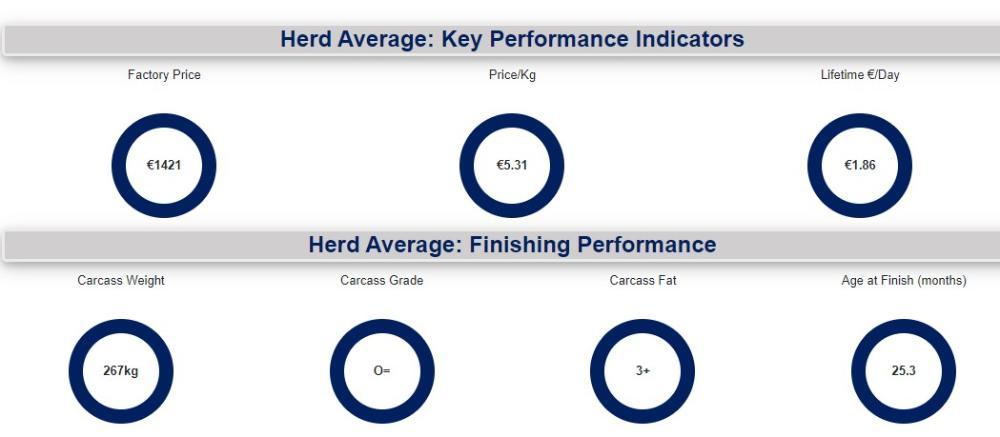
Figure 1 Finishing performance for 2022 born heifers
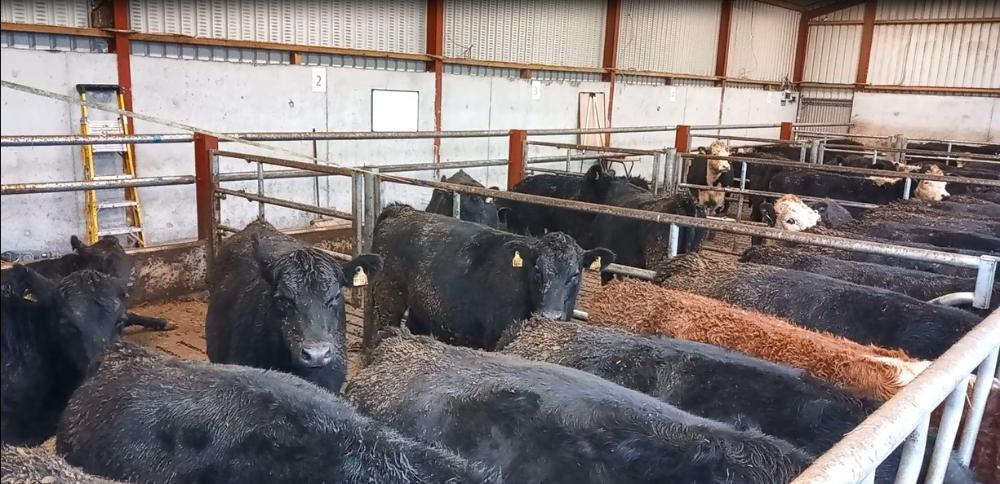
Figure 2 2023 born heifers being drafted for finishing in December
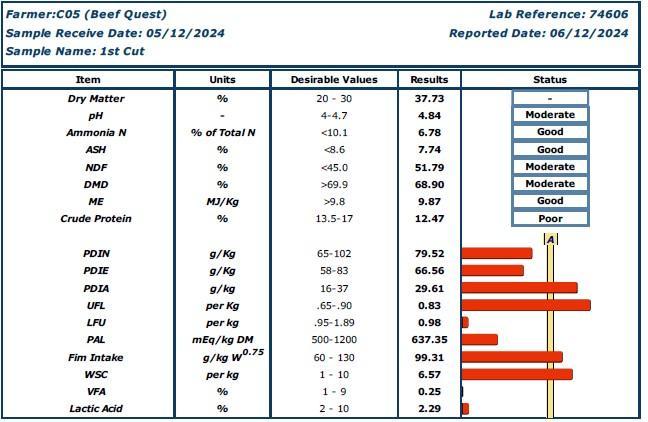
Figure 3 1st cut silage 69%DMD
Watch the video below where Proinnsias and Maire discuss winter management on the farm.
From last year Proinnsias and Maire have been focusing more on the CBV of the calves they are buying in. The CBV value is a new tool available for farmers to predict the potential profitability of the animal. The CBV measures the potential the animal has for carcase weight, carcase conformation, carcase fat, feed intake and docility (all based on the breeding indexes of its parents). Put simply, cattle that have a high CBV will, on average, be faster growing, better shaped at slaughter, leaner and will not eat as much per kg live weight gained. Proinnsias and Maire purchase from 3 different farms and have developed a great relationship with the dairy farmers involved. Looking at this year’s calves, their CBV and weights for the year, the high CBV had a higher daily gain and a higher live weight gain than their counterparts (Figure 4).
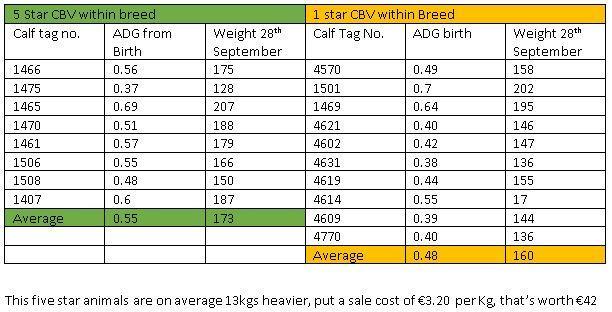
Figure 4 High CBV 2024 calves performance versus low CBV 2024 calves
Likewise from Figure 5 below you can see the difference between the high CBV and low CBV 2022 born heifers in terms of their slaughter data. The high CBV animals were finished on average of 36 days younger than the low CBV animals. Their carcass weights were also slightly higher at 269kg versus 264kg. It’s almost impossible to predict the future performance of a dairy bred beef calf at 4 to 6 weeks of age so every tool should be used to in order to identify animals with the most desirable beef finishing traits. The beef finishing profile is available on the ICBF website under profiles. The animals can be sorted based on their CBV. CBVs will be available for all calves that are genotyped on mart boards this coming spring make every effort to buy calves 3 stars or greater.

Figure 5 Finishing performance of 2022 born heifers based on CBV
The 2023 born heifers were faecal sampled in July and were clear for fluke and worms. They had a low positive result for rumen fluke. With veterinary advice these animals were not treated for rumen fluke as they were showing signs of ill thrift or ill health. However, the 2024 born heifers showed a high positive for rumen fluke and were treated. These animals also had straw available in the paddock while at grass. At housing both the 2023 and 2024 animals were treated for internal parasites and lice. The animals will be faecal tested again after housing to check the efficacy of the treatment.
From a calf health point of view all calves are sourced from 3 local farms and purchased from the farm direct. The calves arrive on the farm at 5 weeks of age. All calves purchased are Aberdeen Angus X dairy or Hereford X dairy. The calves come from a variety of different feed systems including teat feeders, buckets and an automated calf feeding system. The calves on arrival receive a prebiotic dose and the following feeding protocol is operated for the first 3 days:
The calves start on 5 litres of milk replacer for week 1 and this is increased to 6 litres thereafter until a gradual reduction takes place pre weaning. Water is available ad-lib and calves are housed in a deep bed of straw. Straw is also available as a source of roughage for rumen development. A 17% crude protein ration is fed and calves are generally consuming over 2kg of ration at weaning.
The calves are housed in pens of 12 and remain in these groups through to weaning. A microclimate is set up in each pen in order to prevent chills to calves. 3 days after arrival calves are vaccinated for IBR, RSV and PI3 intranasal. 2 weeks later calves are dosed for coccidiosis and again at 2 weeks post turnout. At all times hygiene and biosecurity are extremely important with footbaths available at all shed entrances. Visitors are kept to a necessary minimum.
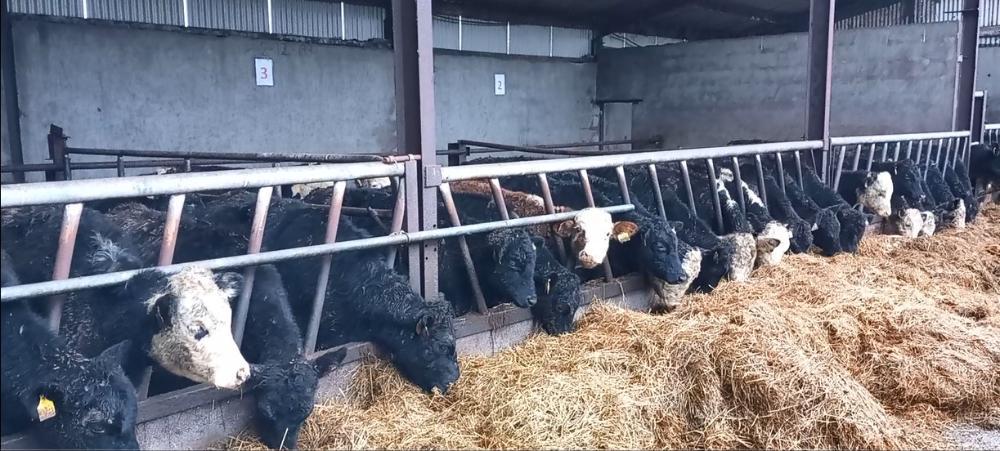
Figure 6 2024 born heifer calves on ad lib silage and 2 kgs of a 17% CP ration